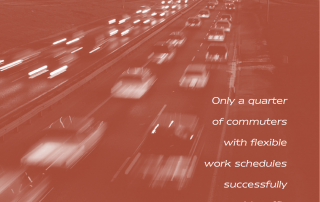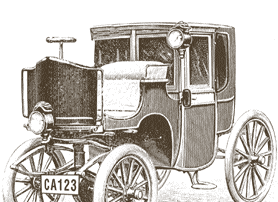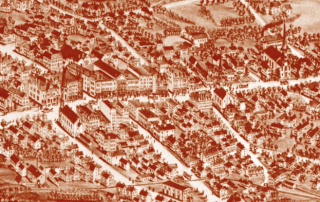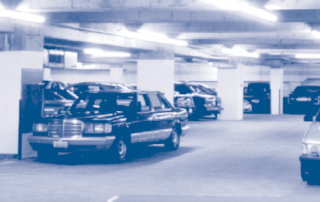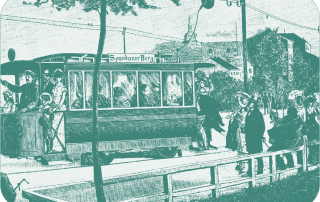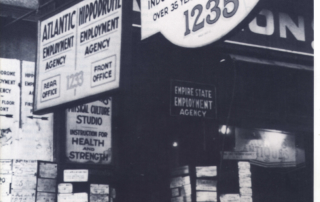A Question of Timing
Rosella Picado
To help workers avoid the peak-hour commute, employers have been adopting flextime work schedules. Some workers’ jobs already permit flexible work hours, so a lot of employees should be commuting during off-peak hours. But, alas, the survey I’ve just completed finds it ain’t necessarily so. Given the opportunity to avoid heavy traffic, I had to ask: why does anyone still commute during the peak hours?

